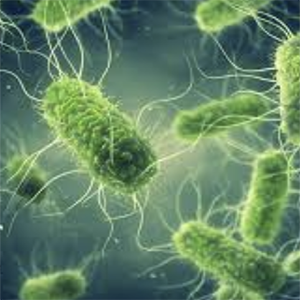Prevalence and antimicrobial resistance profile in Salmonella spp. isolates from swine food chain

Submitted: 15 July 2021
Accepted: 10 January 2022
Published: 22 June 2022
Accepted: 10 January 2022
Abstract Views: 1061
PDF: 572
HTML: 20
HTML: 20
Publisher's note
All claims expressed in this article are solely those of the authors and do not necessarily represent those of their affiliated organizations, or those of the publisher, the editors and the reviewers. Any product that may be evaluated in this article or claim that may be made by its manufacturer is not guaranteed or endorsed by the publisher.
All claims expressed in this article are solely those of the authors and do not necessarily represent those of their affiliated organizations, or those of the publisher, the editors and the reviewers. Any product that may be evaluated in this article or claim that may be made by its manufacturer is not guaranteed or endorsed by the publisher.
Similar Articles
- Laura Ercoli, Silvana Farneti, David Ranucci, Stefania Scuota, Raffaella Branciari, Role of verocytotoxigenic Escherichia coli in the swine production chain , Italian Journal of Food Safety: Vol 4, No 2 (2015)
- Elena Barilli, Cristina Bacci, Zulena Stella Villa, Giuseppe Merialdi, Mario D’Incau, Franco Brindani, Alice Vismarra, Antimicrobial resistance, biofilm synthesis and virulence genes in Salmonella isolated from pigs bred on intensive farms , Italian Journal of Food Safety: Vol. 7 No. 2 (2018)
- Dhary Alewy Almashhadany, Sarhang Hayyas Mohammed, Shaymaa Farooq Mala, Mohammed Naji Ahmed Odhah, Asaad Abdel Jalil Ahmood, Frequency, serotyping, antibiogram, and seasonality of Salmonella isolated from red meat markets , Italian Journal of Food Safety: Vol. 13 No. 3 (2024)
You may also start an advanced similarity search for this article.

 https://doi.org/10.4081/ijfs.2022.9980
https://doi.org/10.4081/ijfs.2022.9980



